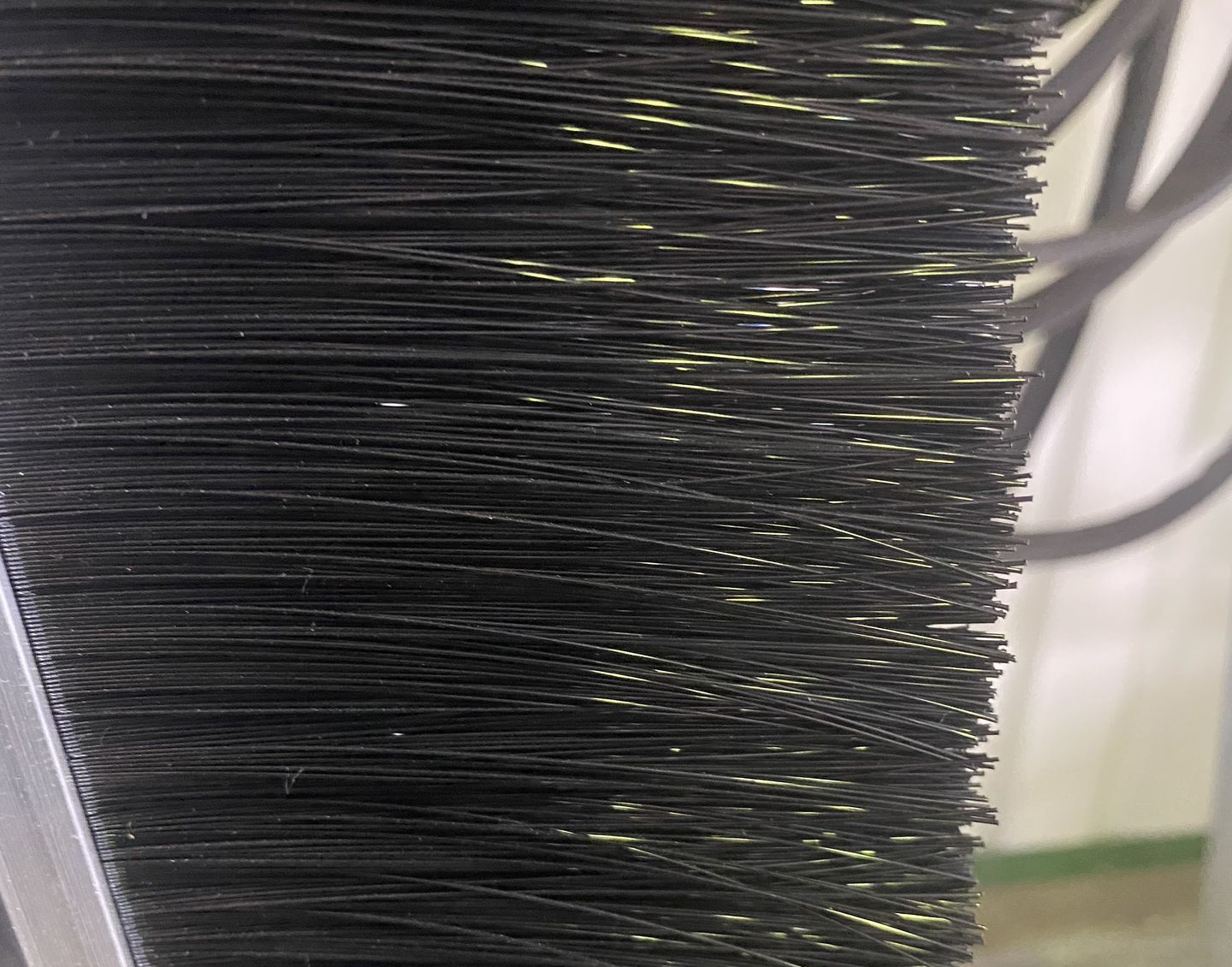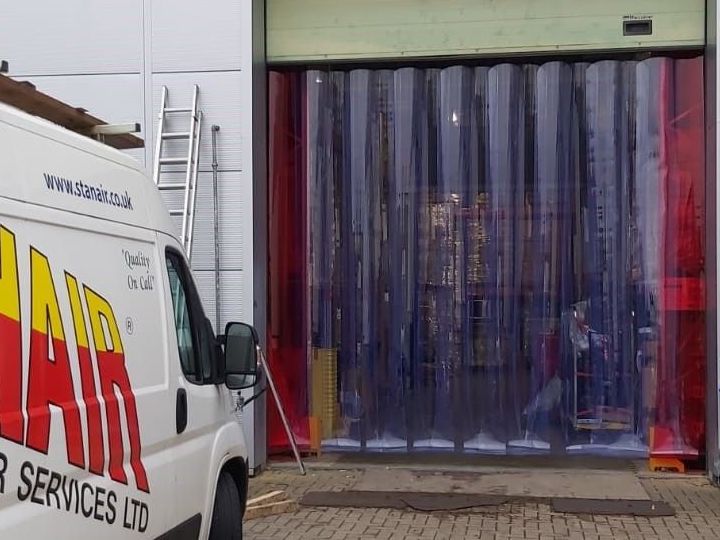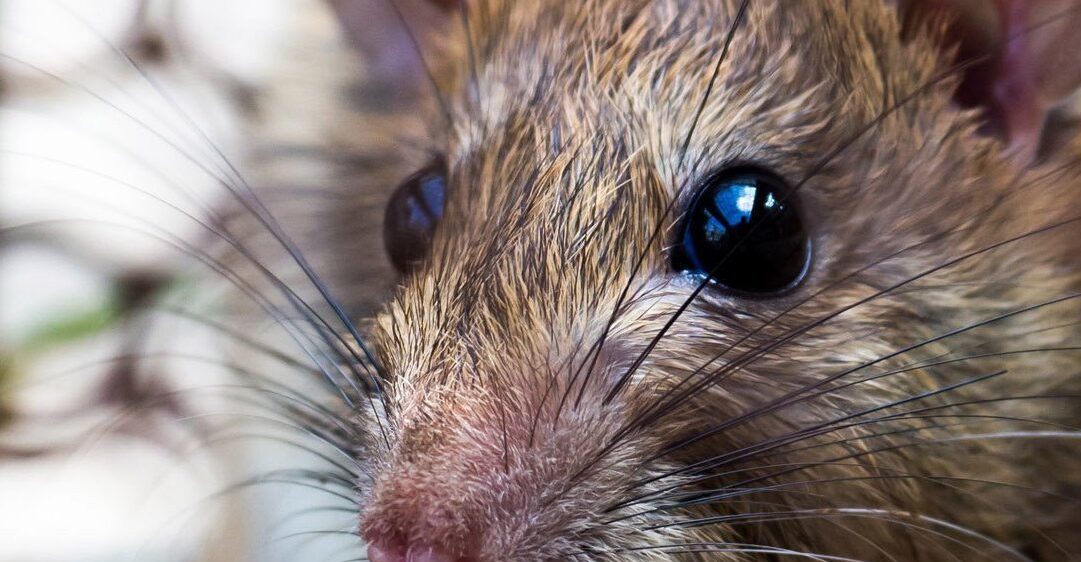Pests and Prevention this Autumn
Posted on 11th July 2022 at 14:51
Pests and infestations can cause huge problems to any business – whatever their location or scope.
From contamination of goods, hygiene issues to structural damage – pests can severely impact your productivity, profitability and, perhaps worse yet, your brand reputation. But how can you protect your site, staff and business from unwanted feathered, furred or multi legged invaders?
We have a few suggestions..
1. Routinely check your site’s exterior.
Each season brings new challenges to your site but perhaps none is as potentially damaging as the autumn. At Stanair, we believe that ‘prevention is better than the cure’ and, given the difficulty of removing pests once they are established, this old maxim would appear to hold true. Given this fact, your best first course of action is to, routinely and regularly, check your site for any potential entry points. This can be cracks in walls, to gaps under the doors to broken windows. And the gaps don’t need to be big. A mouse, for instance, can squeeze through a gap of only 6mm. That’s the same as 3 5p pieces stacked on top of each other. That’s pretty small. A rat can squeeze through a hole the size of a 10p piece so it is well worth the effort of checking for any holes or gaps in building.
2. Seal up the gaps beneath and to the sides of your doors with brush strips.
As stated above, rats and mice need very little clearance to squeeze themselves under or round a door. And, let’s not forget, they are well known for their resilience, persistence and determination. If they know there is a source of food inside or the chance to wait out the winter in a warm environment, they are going to do everything possible to get in there. Now, you might have weatherstrips plugging up those gaps currently, which is great when sealing in air or warmth but, sadly, pose an irresistible challenge to rodents. A rat’s front teeth, can exert a force of 5,000- 12,500 pounds per square inch. That’s strong enough to chew through wood, brick and stone. A piece of plastic therefore is not going to stop them. A brush strip, on the other hand, is effective in stopping them. This is because, if you utilise a high-density brush strip, the mouse or rat has to chew each nylon fibre in its way to gain access. This in itself is not a problem – rats can chew through brick remember? – but they equally do not like being exposed out in the open. The bristles themselves are by their nature versatile and can adapt to fit any opening making them a good choice in pest deterrent.
3. Install Rapid Action Doors.
So far, I have only looked at the furry pest variety. There are many more including birds, moths, flies and wasps which are able to fly into large openings such as your loading bay doors or open industrial doors. Doors can be left open for a variety of reasons – to let heat escape, to allow for the flow of deliveries or to save time however, an open door leaves your factory vulnerable to the entry of pests. A rapid Action Door, or a High-Speed Door, can be a solution. With an average opening time of 1.2 seconds per metre, these doors open and close significantly faster than a standard Roller Shutter or Sectional Overhead Door. They are designed to only open for as long as they are needed, are safe to use and create an effective seal across the entire door curtain against pests, heat or cold. They are easy to clean and can generate significant savings on your energy bills. There are many different types of Rapid Action Door available and it is always best to consult an expert when thinking about choosing the right type for you and your business. Our experts will come and survey your site for free and give you independent advice on which type of door is right for you.
4. Use Fly Mesh screens.
Sometimes you just want to leave your warehouse door open and allow the cool air to come in and let the heat out. Sadly, this usually leaves you vulnerable to winged pests which can cause disruption to your production, clog up your machines and, in the case of wasps, potentially can cause a lot of distress. A fly mesh screen then is a great solution. Spanning your entire doorway, these fabric screens allow air to circulate without allowing the entry of bugs, birds or dirt. These can be clip on fabric screens (for doors used infrequently), roller screens controlled by a tube motor (door used more often) or, more conveniently, as a Rapid Action Door (door in frequent use).
5. Use PVC strip curtains.
A PVC strip curtain in your doorway can be an economical choice and does offer some temporary protection against outside contaminants. These overlapping clear strips hang in the doorway and allow air to pass through whilst discouraging the entry of bugs, dust and dirt. Available in a variety of widths, thicknesses and lengths, these curtains can be a cost-effective way of allowing air to circulate through your factory whilst keeping unwanted visitors out.
In fact, there are many more benefits to a PVC Curtain. So many I wrote a separate blog about them and how they can help any business, large or small, save time, energy and money- you can check it out here.
Finally then, can you ever fully pest proof your premises?
The answer is no.
However, you can significantly reduce your chances of being targeted by pests if you take preventative action now, rather than waiting until you have a problem. Our friendly and expert advisors will be able to assist you in finding the best solutions for you and your business. Just click here to get your journey started.
Safety. Security. Peace of mind.


Share this post:




